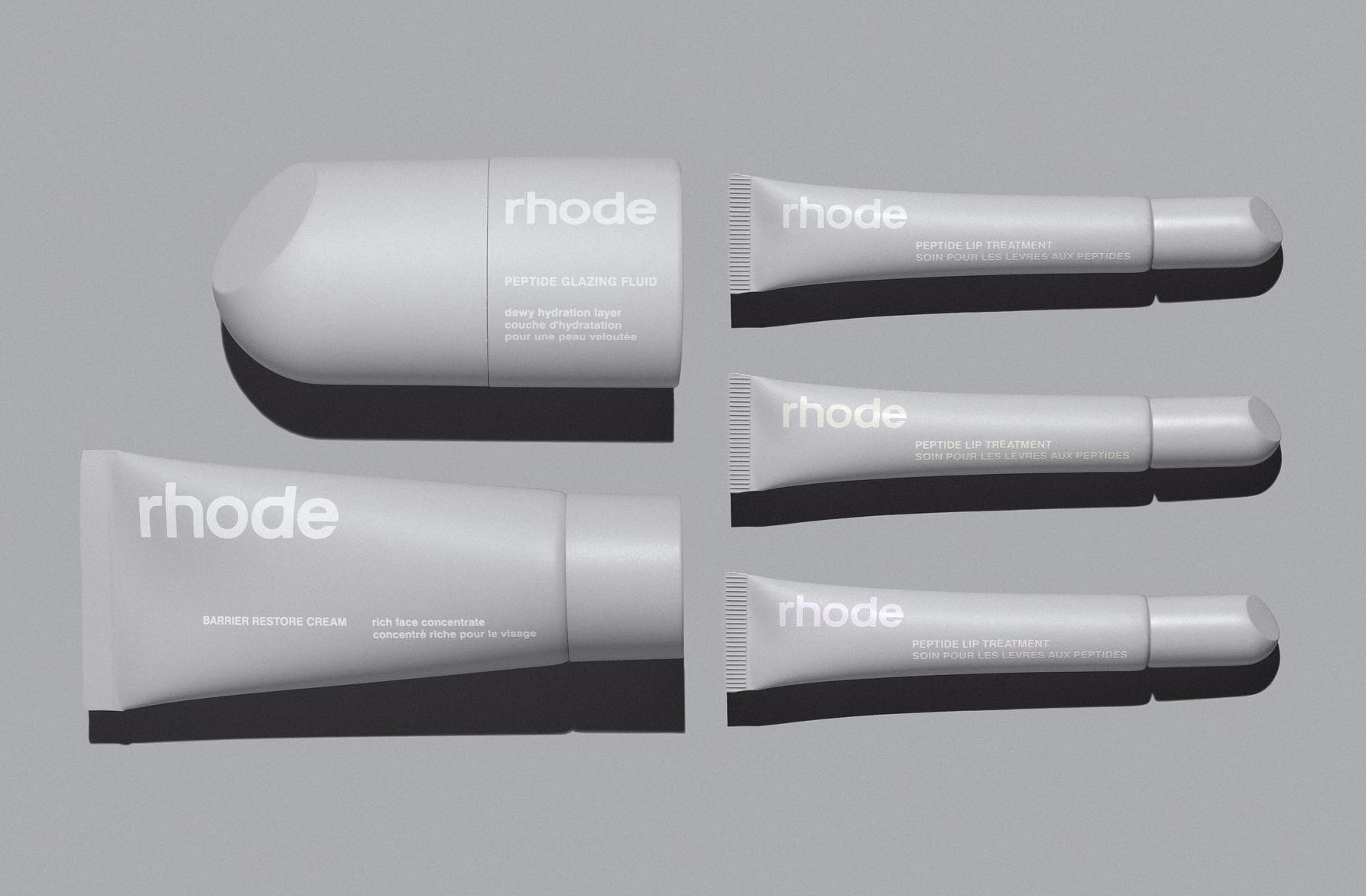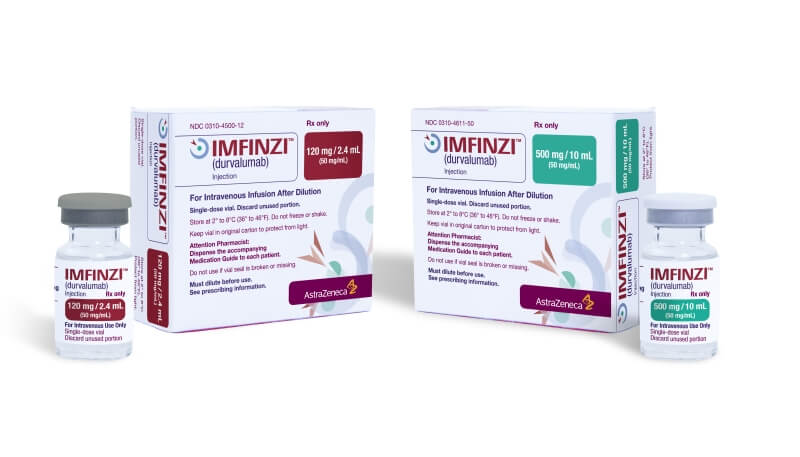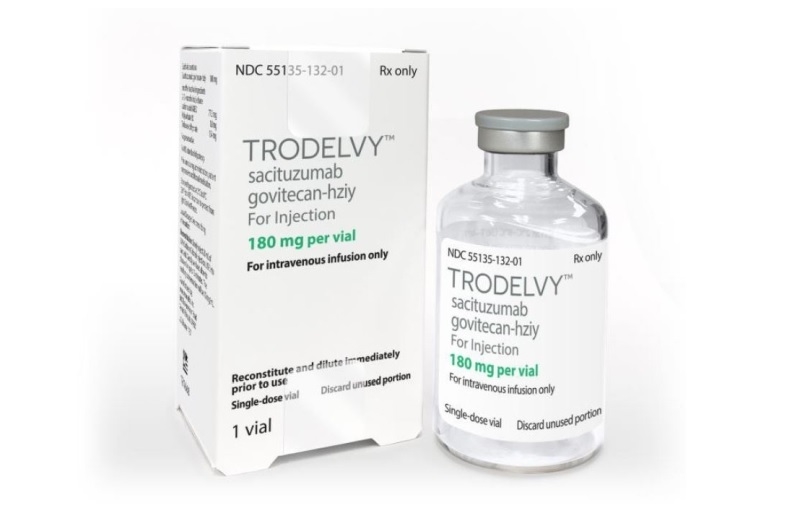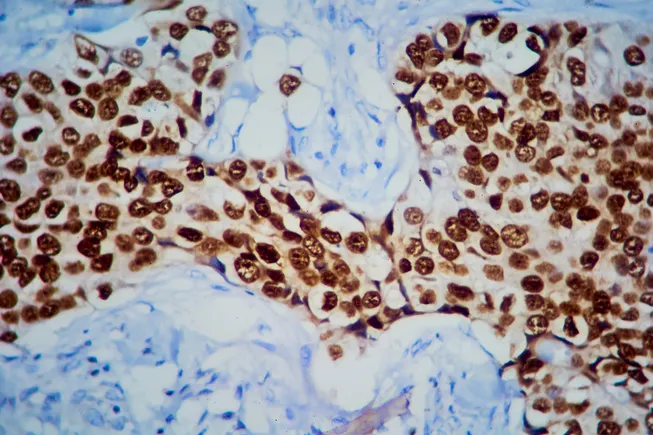What Does ‘Intensity’ Mean in Wine?
When used to describe a wine, the term “intensity” refers to the strength or concentration of aromas on the nose and flavors on the palate. [...] Read More... The post What Does ‘Intensity’ Mean in Wine? appeared first on Wine Enthusiast.
Is it just me, or has the intensity level of everyday life felt more pronounced than ever these days? Is it even possible to gauge the fervor of a societal moment? Not really; it’s more of a vibe. However, there is a way to determine intensity in wine.
When used to describe a wine, the term “intensity” refers to the strength or concentration of aromas on the nose and flavors on the palate. While you can get a feel for a wine’s intensity based on its aromas, there is an actual process (particularly when using the WSET Systematic Approach to Tasting) that allows you to determine if the intensity is light, medium or pronounced.
Start with the Nose
When evaluating intensity on the nose, you start by observing how easily the aromas present themselves on first pour into the glass, and then again after swirling the wine.The first step is to place the glass at the bottom of your chin and determine if you can smell any components of the wine, particularly fruit first.
If you can smell the wine at that distance from your nose, or even better when it is just sitting on the table before you pick it up… you are holding a glass of wine with pronounced intensity. If the aromas are faint, the next step is to move the glass just under your nose and give it another whiff. If you start smelling all the goodness in that glass, then the intensity is moderate. And if you still aren’t getting anything at nose level, and you need to really dig your honker into the glass to smell anything, that wine has a light intensity.
Disclaimer: Just because a wine is light in intensity does not mean it is a bad wine. Sometimes wine needs aeration, either by swirling or decanting. So if you have a bottle that should be stunning, but has a light intensity on the nose… be sure to give it a few laps around the track (swirls around the glass), or even grab your favorite decanter or aerator.
Ready, Set, Swish
Next, we move to the flavor intensity. It follows similar principles but requires a little deeper engagement. After a quick swirl in the glass, let the wine swish all around your mouth and tongue to get a full sample. If, at first sip, a wine’s flavor dissipates quickly or requires a good amount of concentration to detect, then that wine is light in intensity. It might even have a diluted quality to it.
Moderate intensity delivers more identifiable characteristics of that particular wine, but they are still not giving that “wow factor” of really knocking you over. Yet they can still remain balanced and integrated.
A wine with pronounced intensity, however, offers flavors that are both immediate and persistent. The sensation is often layered, with multiple flavors (primary, secondary and tertiary) all unfolding in succession, giving the impression of depth and complexity. But pronounced intensity isn’t only about power and concentration—although that is a big part of it. It’s also about how much character a wine communicates without screaming through a megaphone. Which is why a big and bold Napa Cab can be just as intense as a silky and seductive Pommard.
The best way to learn this is to just keep tasting various types of wine from all over the world. This will help calibrate your senses over time. With practice, this comparison becomes intuitive. Ultimately, assessing intensity is about interpreting how fully a wine communicates its aromatic and flavor profile and how clearly it tells the story of its grape, origin and craftsmanship.
More Coverage of Tasting Basics
- If you’re new to evaluating wine, treat wine tasting like a middle school science experiment.
- Want to up your tasting game? Here’s how to spit wine like a pro.
- Prevent palate blowout with these expert tips.
- Want to try a game night for wine lovers? Host a blind tasting party.
- To swirl or not to swirl sparkling wine: here’s what industry pros say.

From the Shop
Find Your Wine a Home
Our selection of wine glasses is the best way to enjoy a bottle’s subtle aromas and flavors.
The post What Does ‘Intensity’ Mean in Wine? appeared first on Wine Enthusiast.












































































































































